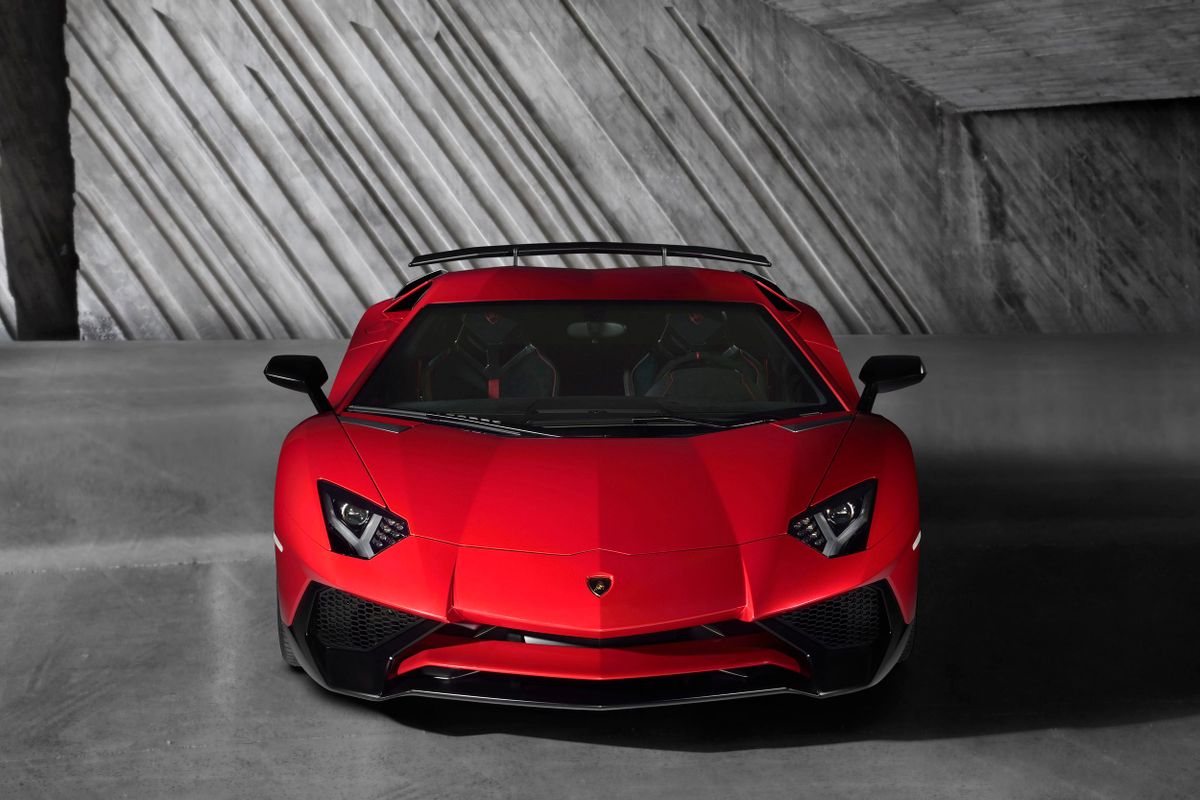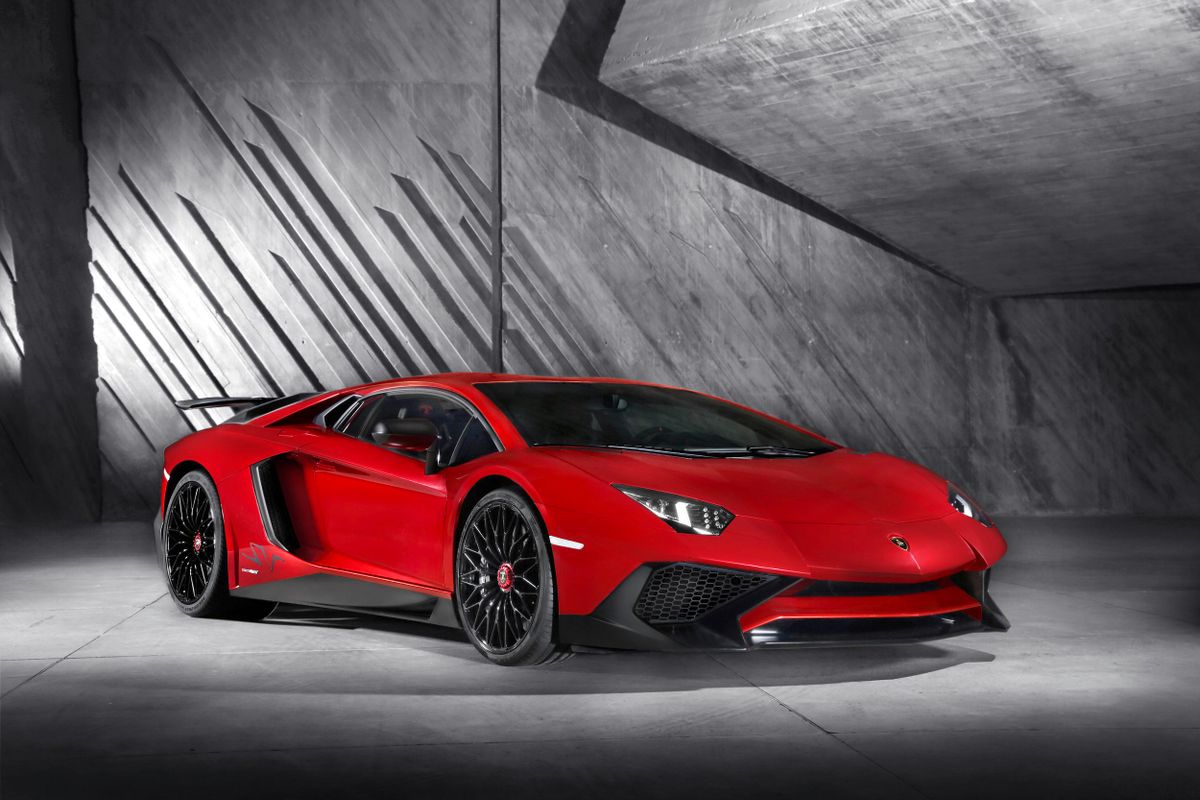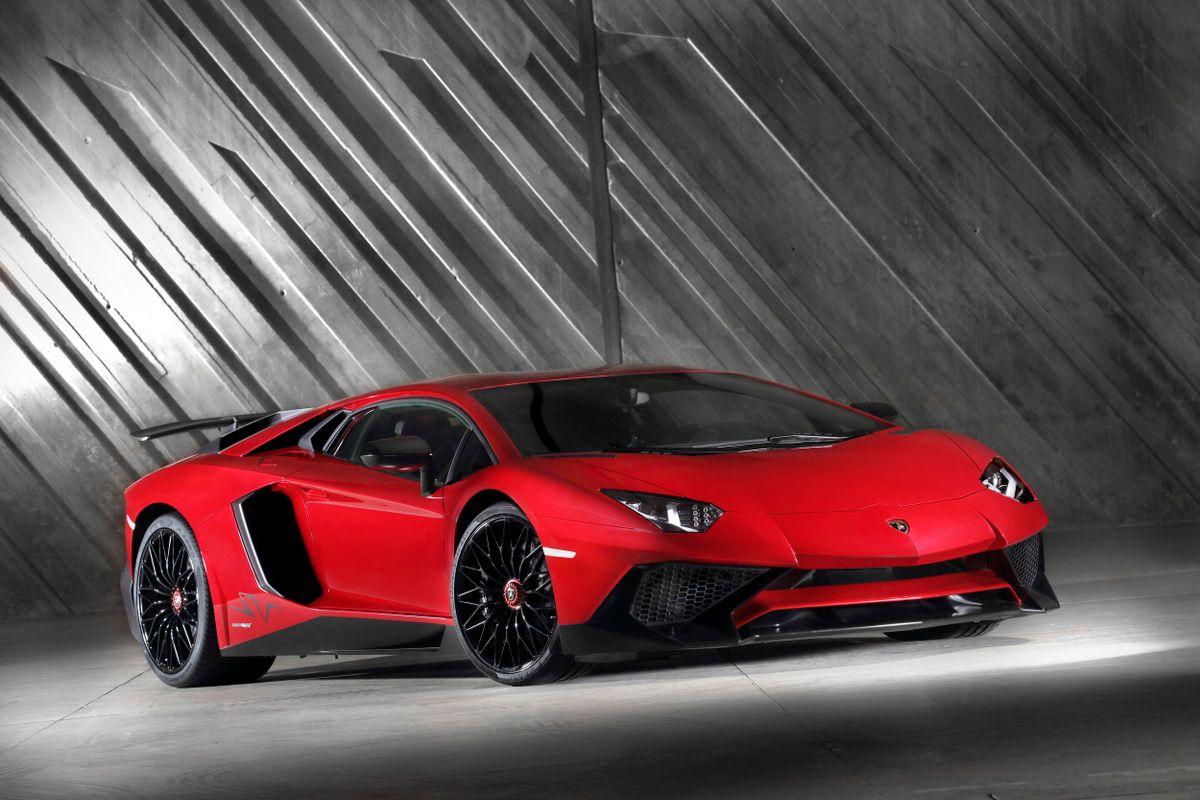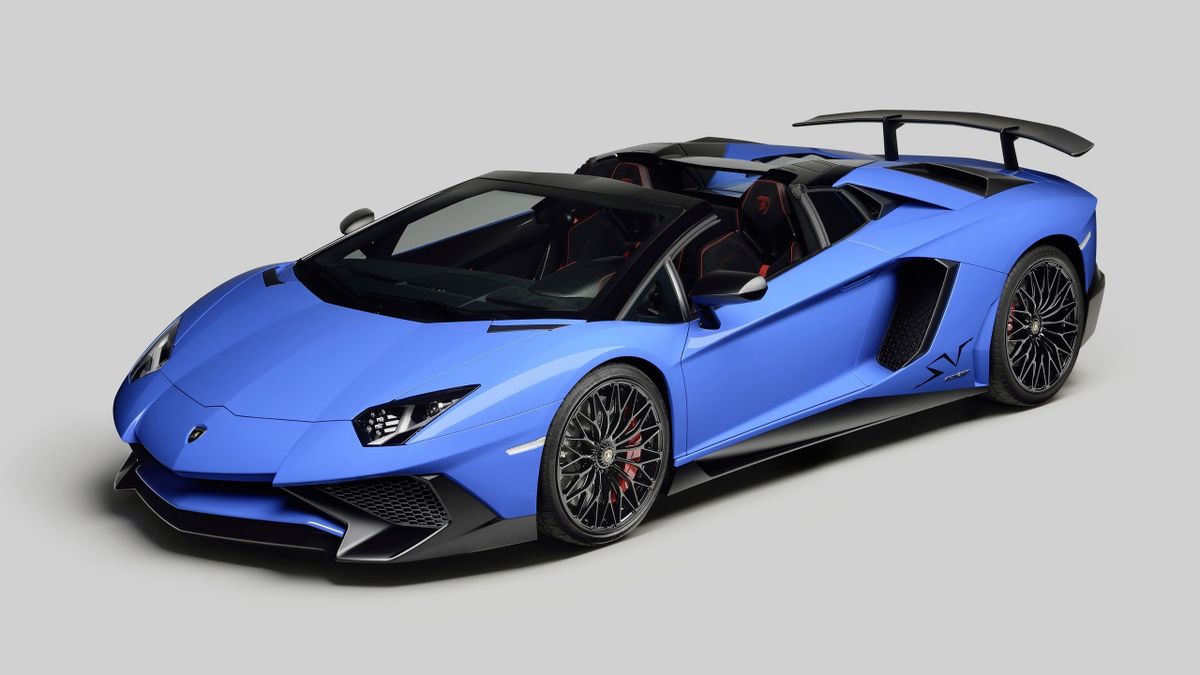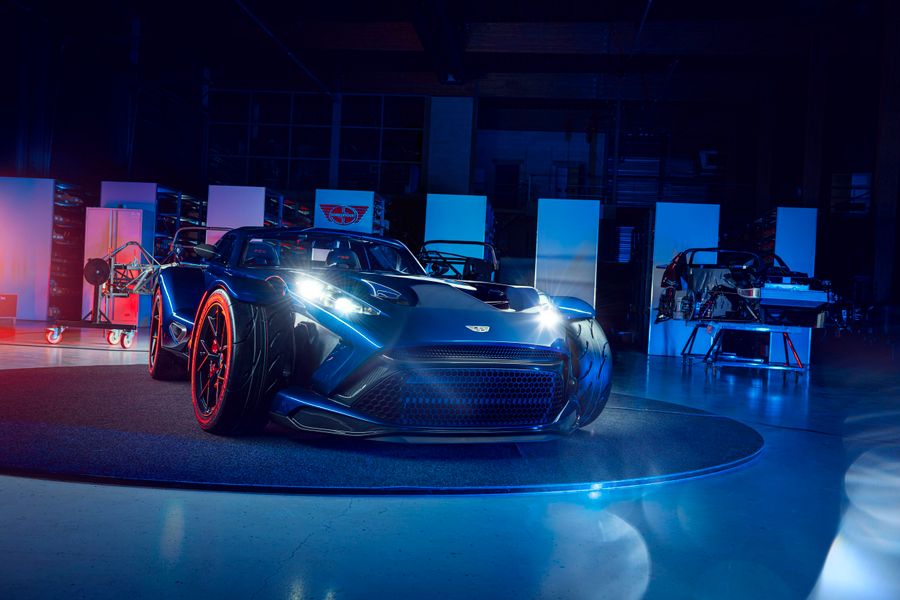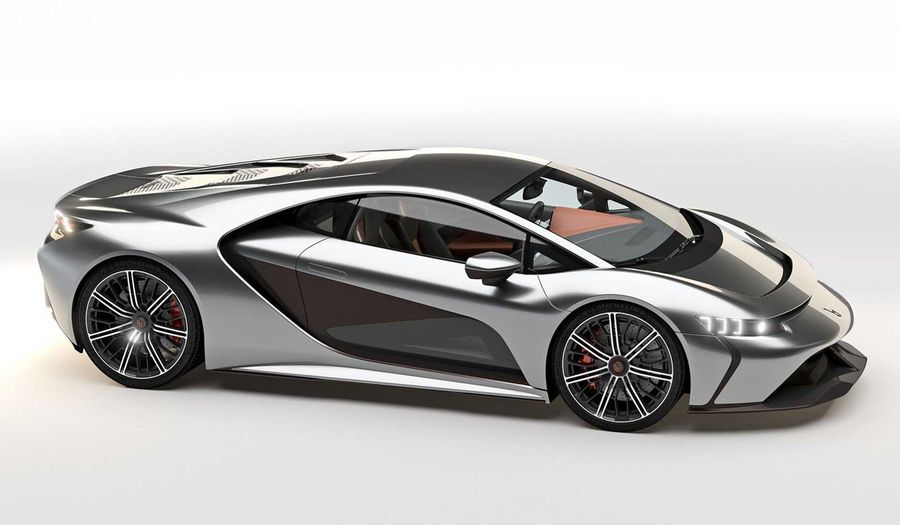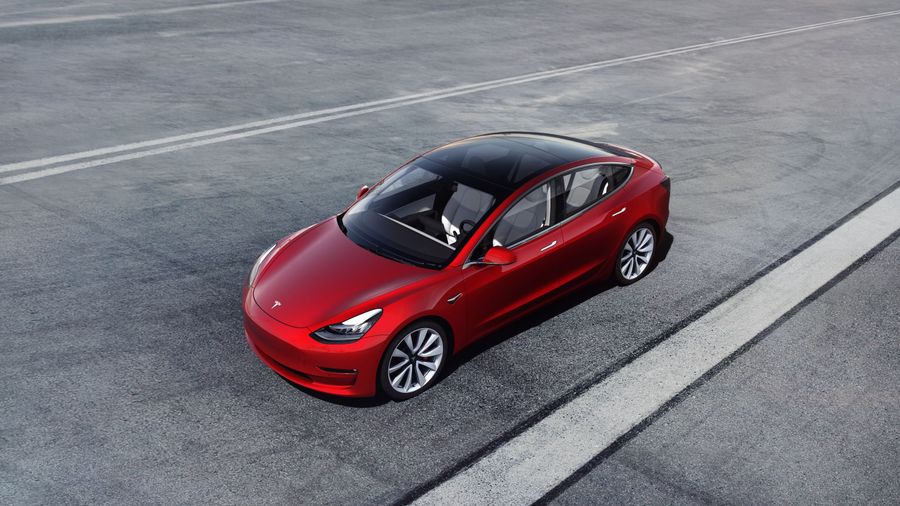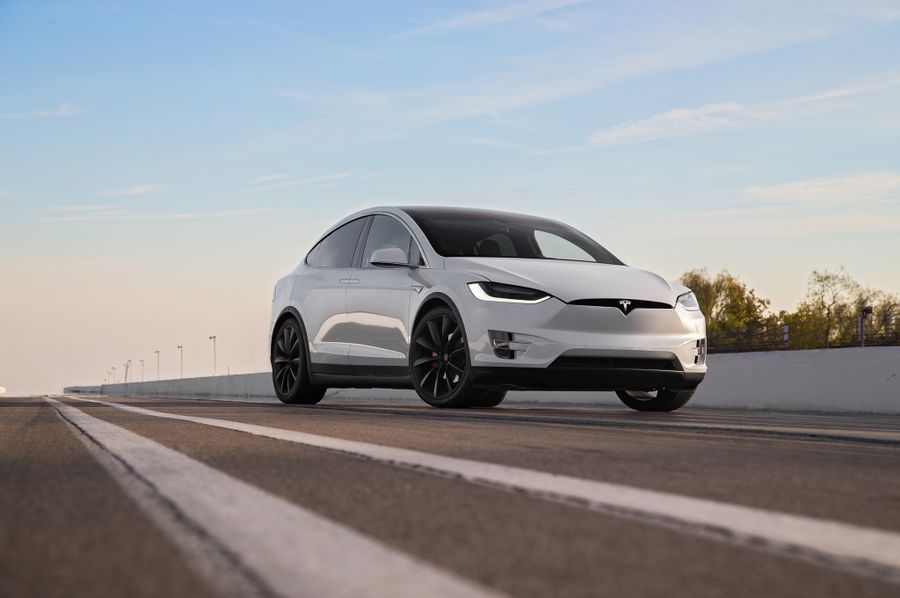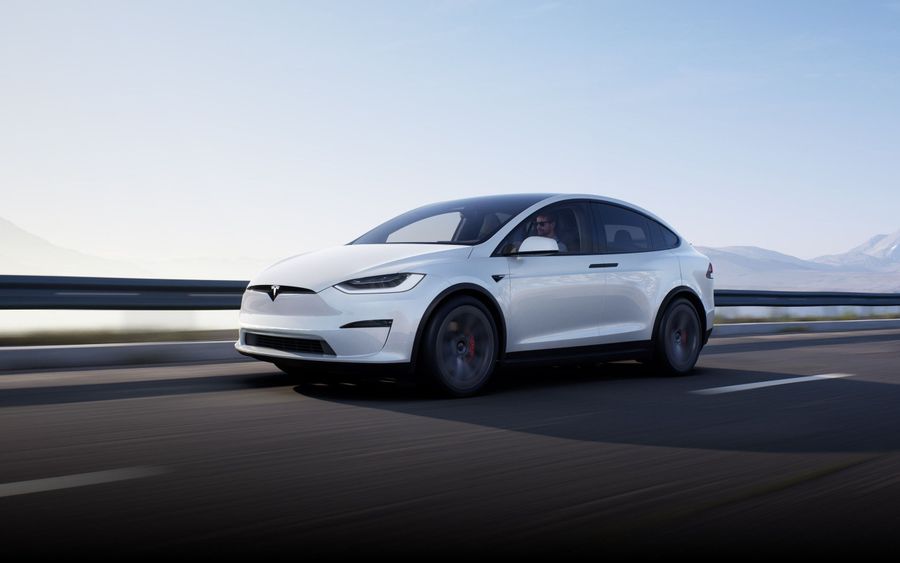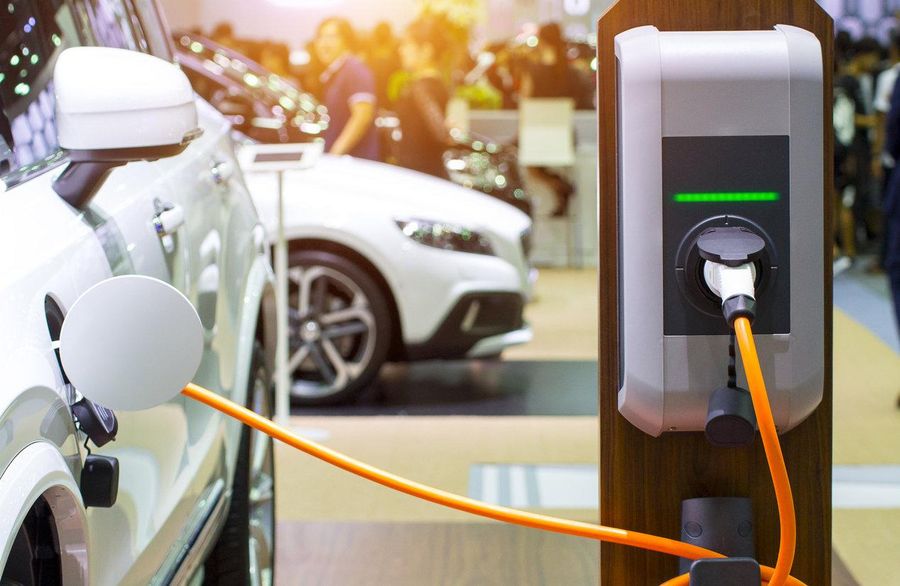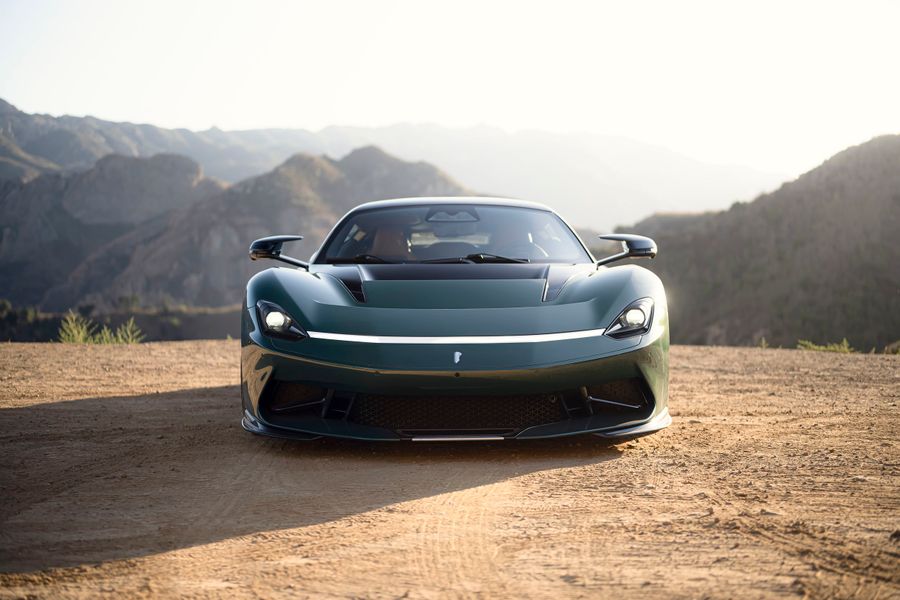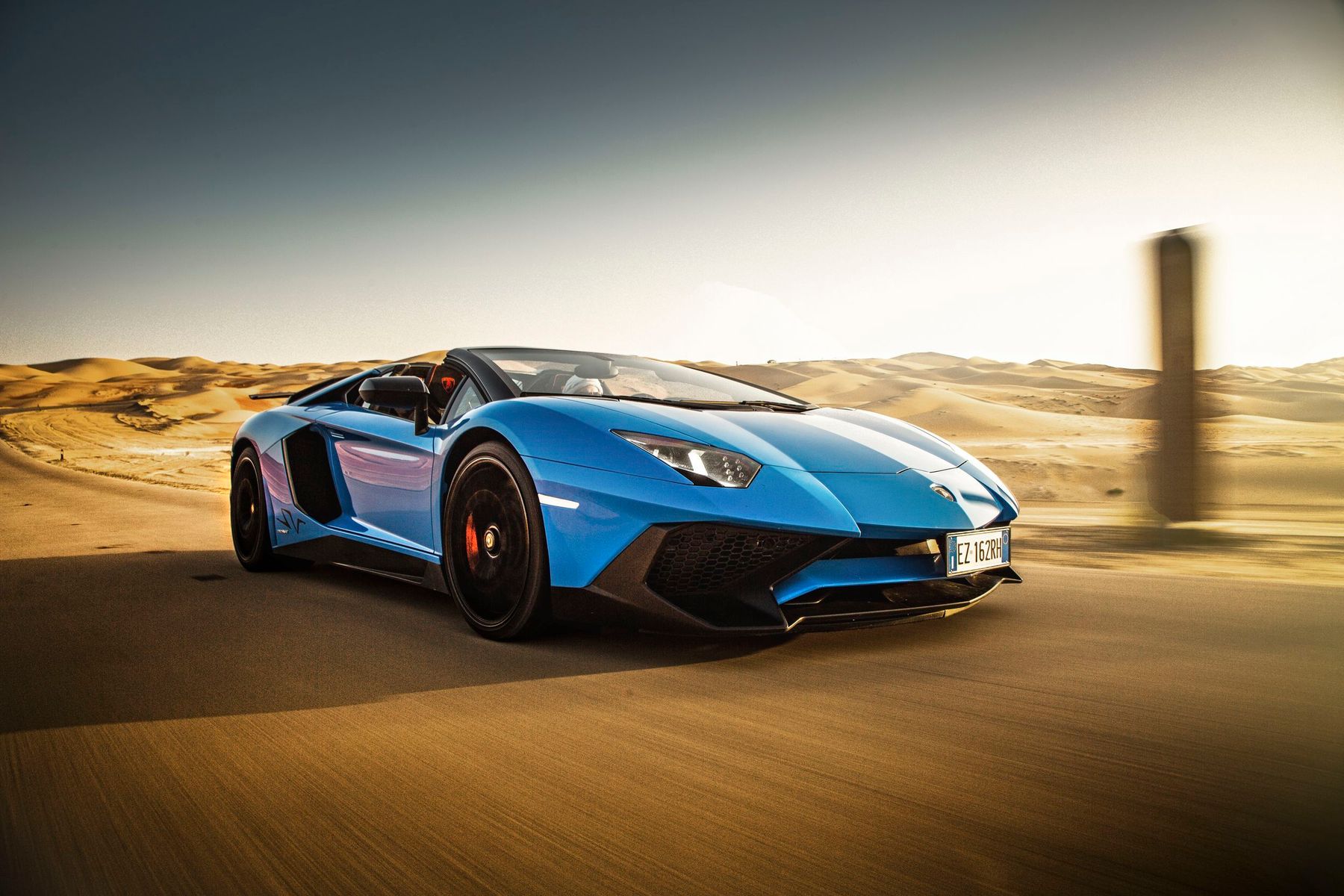
Lamborghini Aventador. 1st generation, 2016 restyling
The Lamborghini Aventador is a two-door two-seater sports car produced by Lamborghini (Italy) since 2011. It has a front-engine, four-wheel drive layout. In 2021, the market offers the first generation supercar after the restyling in 2016.
In December 2016, the restyled Aventador was presented at the Automobili Lamborghini plant in Sant’Agata Bolognese (Italy), featuring the letter “S” in the name. The world premiere of the model took place at the Geneva Motor Show in March 2017. In September 2020, the ten thousandth Aventador rolled off the assembly line. It was a gray and red SVJ roadster with a black and red interior.
Design
First of all, it should be noted that the new Aventador is the first production Lamborghini to feature an entirely carbon fiber monocoque. The hood, rear air intakes and spoiler are also made of it. The body parts and subframes of the supercar are aluminum. Such materials are much lighter than steel. As a result, the dry weight of the car is 1,575 kg, and the specific power reaches 2.13 kg/hp.
The restyled version has undergone some technical and exterior changes. The nose has acquired a large front splitter and two new air vents in the front bumper. At the rear, the car features a new finned rear diffuser and three single-outlet tailpipes. The front downforce of the body is now 130% more than that of the previous Aventador.
The car is 4,797 mm long, 2,030 mm wide (without mirrors) and 1,136 mm high, and has a wheelbase of 2,700 mm. The distribution of weight along the axles is almost perfect: 43% for the front axle, 57% for the rear one. The Aventador is standardly equipped with a double wishbone suspension and magnetorheologic front and rear shock absorbers, and ventilated carbon ceramic brakes (front: 400 mm, rear: 380 mm).
Powertrains
The 2016/2017 Lamborghini Aventador proudly features its 6.5-liter V12 engine generating 740 hp (instead of 700 hp) at 8,400 rpm and a torque of 690 Nm at 5,500 rpm. The consumption of high-octane gasoline is 18.4 liters in the combined cycle. Acceleration to 100 km/h occurs in 2.9 seconds, and the top speed reaches 350 km/h.
The suspension has been redesigned and controlled by the Lamborghini Dinamica Veicolo Attiva (LDVA) system. LDVA has four modes: Sport, Strada (street), Corsa (race course) and Ego (individual). There is a 7-speed ISR (Independent Shifting Rods) semi-independent transmission. The AWD system is electronically controlled (4th generation Haldex clutch) and has a mechanical limited-slip rear differential. The car is equipped with the LDS (Lamborghini Dynamic Steering) system with variable gear ratio and rear wheel steering.
Equipment
The new Lamborghini Aventador S is well equipped, featuring heated and folding electric mirrors, electronically controlled rear spoiler adjustable to three positions and electronic stability control (built-in ABS and TCS systems). Standard safety equipment includes anti-lock braking system (high-performance carbon-ceramic disc brakes), brake force distribution system, electronic stability control, tire pressure monitoring system, front and side airbags for the driver and passenger. The doors are reinforced, and seat belts come with tensioners.
Roadster
On November 12, 2012, the first Lamborghini Aventador LP 700-4 Roadster debuted at a special event in Miami, and its world premiere took place at the Los Angeles Auto Show that same year. The roadster version based on the new Aventador S was unveiled at the 2017 Frankfurt International Motor Show.
The main difference between the roadster and the closed version is the retractable roof. It consists of two carbon halves with a total weight of 6 kilograms. There is no mechanism that controls them, as this honorable duty is entrusted to the owner. The roadster has a different engine compartment cover and redesigned C-pillars. The manufacturer has added several new colors and alloy wheel rims with a unique design. The roadster is 50 kg heavier than the coupe due to the reinforcement elements, so it accelerates 0.3 seconds slower than the coupe (to 100 km/h in 3.2 seconds). As to the rest, the model is the same as the standard version.


